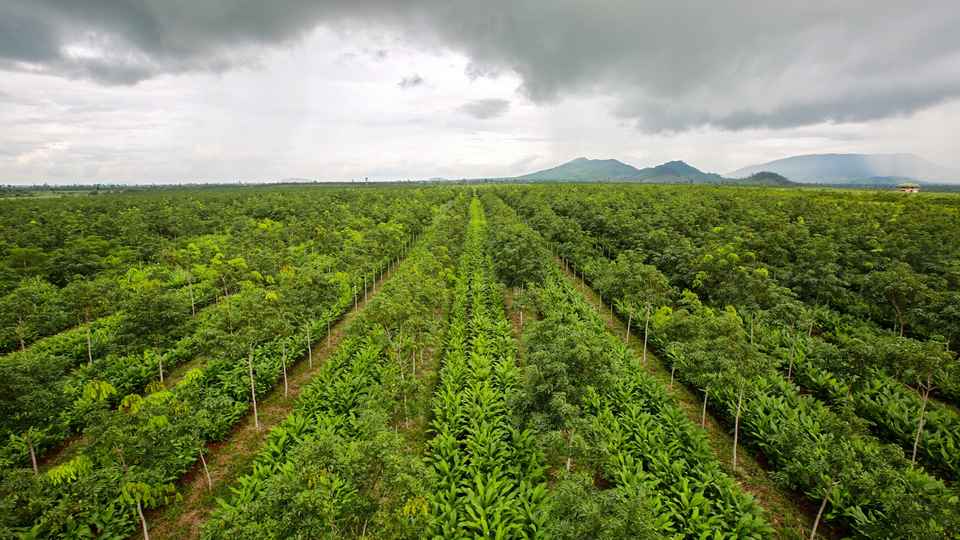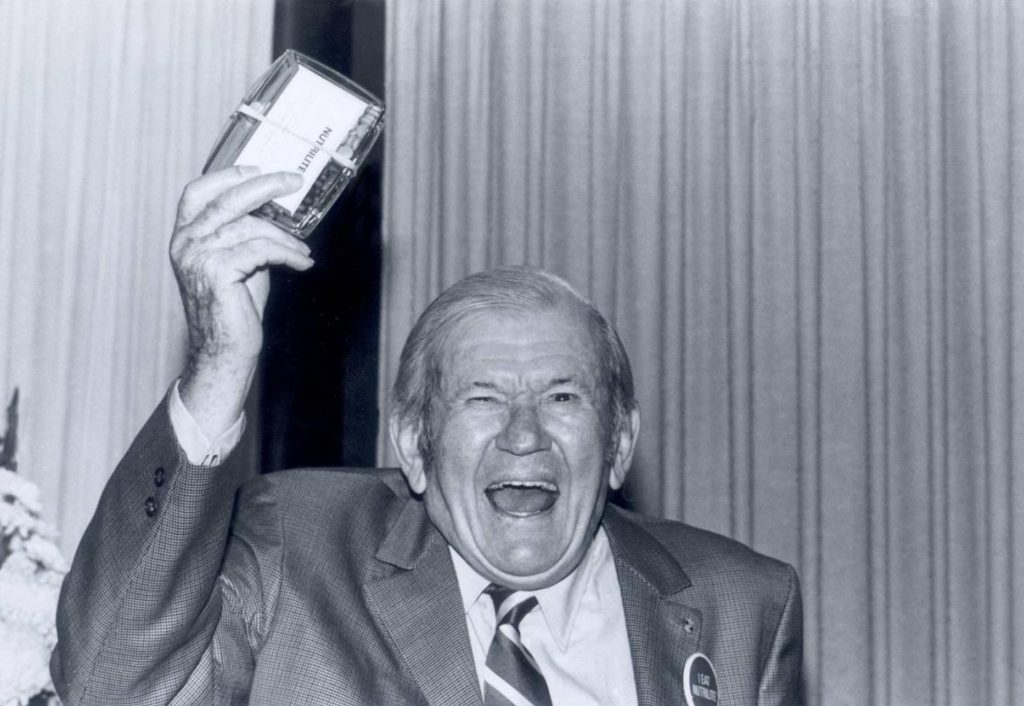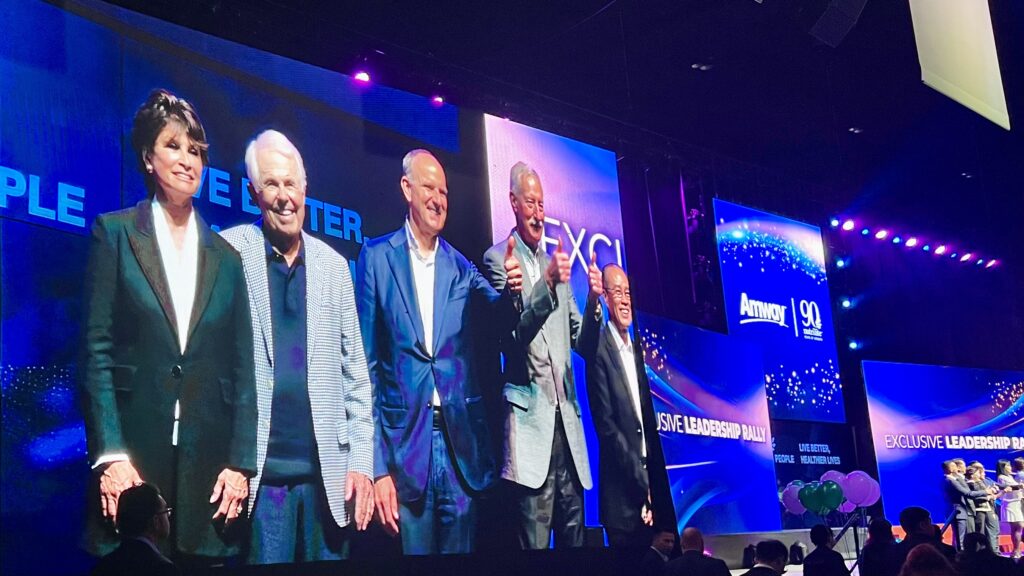
It’s a good bet you know someone with a rare disease like phenylketonuria, Prader-Willi syndrome or one of the thousands of other documented rare diseases. Each disease plagues a number of people so small that researchers tend to pass them over to tackle more common diseases.
I’m telling you this because you have an opportunity to help. It starts with something as simple as participating in Rare Disease Day on February 29th.
So many ways to show support
Don’t worry, it’s easy to join in. Attend a local event, post encouraging words on social media (be sure to add the #RareDiseaseDay hashtag), or share your support with friends, classmates or coworkers. It all adds up to bringing more awareness to this important cause.
Here’s why this matters.
People who struggle with a rare disease face big challenges that need big changes like more research, better treatments and effective medical care.
It all starts with one thing: More awareness.
When you join in, you’ll be part of a growing global movement that’s been around for over a decade. Rare Disease Day first started in Europe in 2008. United States and China joined in one year later.
Today, over 100 countries around the world participate, making this event a much-needed beacon for the global community to help move us one step closer to helping people who live with a rare disease.
Need inspiration to join in? Here are five facts that may help:
1. Rare diseases need our attention
Researchers, policy makers, and other healthcare stakeholders tend to focus their pursuits on diabetes, heart disease and other prevalent diseases that plaque modern life.
For this reason, meaningful efforts to diagnose, treat and care for the relatively small number of people who struggle with a given rare disease gets overlooked. Of course, we need more eyes on chronic diseases – especially efforts to prevent them – but people who struggle with rare diseases need our attention too.

2. Rare diseases are anything but rare
When you combine them, rare diseases are surprisingly more common than you may think. An estimated 1 in 20 people are reported to live with a rare disease. What’s more, most rare diseases affect children and can result in death or severe disability.
3. Rare disease number into the thousands
Between 5,000 to 8,000 distinct rare diseases have been documented, and new ones are reported regularly in the medical literature. Yet, for most, there is no cure and many often go undiagnosed.
4. Rare disease research is on the move
Recent advances in science and technology, especially in the field of genetics, have opened the floodgates for the discovery of new treatments. It’s an exciting time and a great opportunity for researchers to pursue more breakthrough technologies.
For anyone with a rare disease, this is a welcome trend, but more progress is needed. Currently, fewer than 5% of rare diseases have an effective treatment, so we have a long way to go.
5. Rare diseases may benefit from healthy habits
Dietary and lifestyle habits may help control the symptoms and severity of certain rare diseases. This includes habits such as maintaining a healthy body weight, reducing stress, staying active, getting enough rest, and maintaining a strong support system, among others.

Ready to show your support?
As I mentioned above, it all starts with promoting awareness.
So I hope you’ll join me and show your support for Rare Disease Day on February 29th.
Visit www.rarediseaseday.org to learn more.
Cheers,





2 Responses
Thank you for sharing this and spreading the word! Some of my extended family members have Huntington’s Disease – and new scientific breakthroughs are always occurring – but we need to raise awareness; it’s hard to get funding when it’s a disease no one has heard of. You can learn more at hdsa.org. And thank you!
Hi Erika, Totally agree. Thanks for sharing the link about Huntington’s Disease. The more we all learn, the better!